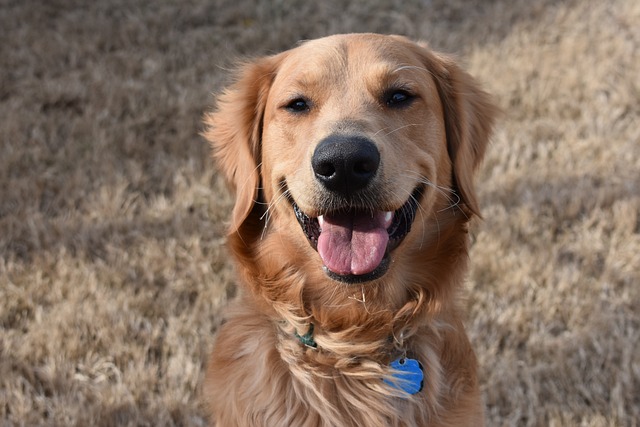
How to properly train a golden retriever?
Bringing a golden retriever home feels like unwrapping a bundle of sunshine—until that adorable fluffball starts chewing your favorite sneakers.
Dogs are like the warmest little sun in life. Their presence dispels the haze for us and brings us endless joy and comfort. Teaching dogs to hold things in their mouths, a seemingly simple skill, actually contains infinite possibilities. It not only makes the dog's life more colorful, but also greatly enhances the tacit understanding and emotional communication between the owner and the dog. When we give instructions, the dog immediately understands, accurately picks up the object and delivers it to us obediently. At that moment, it seems that the whole world is filled with this beauty. However, to achieve this warm scene, we need to use professional training methods and devote a lot of patience and deep love.
The dog's innate desire to explore and enthusiasm for playing are the precious keys to open this training. At the beginning of training, it is crucial to choose the right object. For lively and active dogs who are sensitive to sound, a rubber toy with a crisp sound may instantly ignite their enthusiasm. The rhythmic sound is like a magical horn, attracting the dog to take the initiative to explore. For dogs with relatively docile personalities who like soft touch, a furry doll may be a better choice. Its soft texture can make the dog feel comfortable and at ease when touching it. If the dog usually shows a strong interest in food, a small piece of delicious snacks can also be an excellent training prop.
After choosing the items, it is key to create a quiet, comfortable and less disturbing space for the dog. In such an environment, the dog can focus more on training. Gently place the carefully selected items in front of the dog and let it sniff and paw freely. When the dog shows a curious expression and begins to actively interact with the items, it is the golden moment for training. At this time, we should use a gentle and firm tone to clearly issue the "hold" command. At the same time, carefully and gently lift the dog's mouth, guide it to slowly close, and hold the item in its mouth. This process must be extremely gentle, just like treating a precious treasure, and the dog must not feel uncomfortable or afraid at all. Once the dog successfully holds the item, even if it is only for a short second, we must immediately give the most enthusiastic praise and rewards without hesitation.
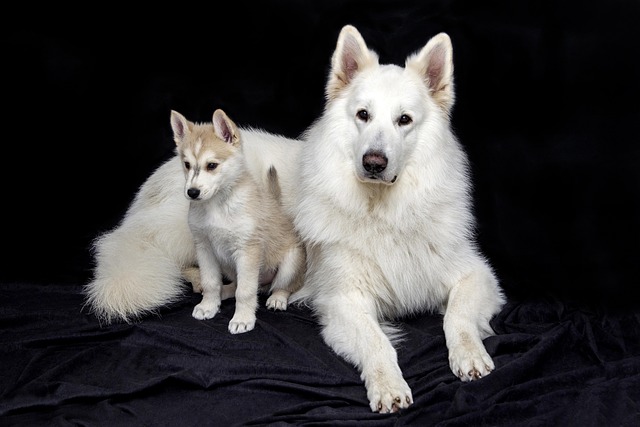 As the dog gradually becomes familiar with the action of holding the object, strengthening the close connection between the command "hold" and the behavior becomes the focus of training. Repeat the previous steps many times, and each time after issuing the command "hold", patiently guide the dog to hold the object accurately, and then give rewards. As the number of training times accumulates, the dog's brain will gradually establish a stable conditioned reflex, and when it hears the command "hold", the body will subconsciously make the action of holding the object. Next, we can cleverly increase the difficulty of training, throw the object a little further, and encourage the dog to chase and bring it back. While the dog is chasing the object with all its strength, continue to cheer it up with the command "hold". When the dog successfully holds the object and runs back excitedly, we should give it a more enthusiastic and exaggerated reward, so that the dog can deeply experience the great sense of accomplishment brought by completing this task.
As the dog gradually becomes familiar with the action of holding the object, strengthening the close connection between the command "hold" and the behavior becomes the focus of training. Repeat the previous steps many times, and each time after issuing the command "hold", patiently guide the dog to hold the object accurately, and then give rewards. As the number of training times accumulates, the dog's brain will gradually establish a stable conditioned reflex, and when it hears the command "hold", the body will subconsciously make the action of holding the object. Next, we can cleverly increase the difficulty of training, throw the object a little further, and encourage the dog to chase and bring it back. While the dog is chasing the object with all its strength, continue to cheer it up with the command "hold". When the dog successfully holds the object and runs back excitedly, we should give it a more enthusiastic and exaggerated reward, so that the dog can deeply experience the great sense of accomplishment brought by completing this task.
Throughout the training process, patience is the most critical quality. The dog may make mistakes for various reasons, such as suddenly losing interest in the object and being unwilling to pick it up; or finally holding it, but it falls down after a while. When encountering these situations, we must always maintain a calm state of mind, and we must not get anxious or angry, let alone beat or scold the dog. Because punishment will only be like a cold wind, which will make the dog fall into the abyss of confusion and fear, seriously destroying the good atmosphere of training and the precious trust relationship between us and the dog. On the contrary, we should guide the dog again with a warm and tolerant attitude like the spring breeze, and patiently try the training steps again. Every time the dog makes even a very small progress, it is worth our cheering and timely affirmation and encouragement. For example, the dog went from completely resisting to holding objects at first to being able to hold them for just a few seconds later. This seemingly insignificant change is actually the result of the dog's efforts and is worth celebrating with our heart. The encouragement we give is like sunshine and rain, nourishing the dog to thrive on the road of training.
From the depth of emotion, the process of training dogs to hold things in their mouths is a warm journey full of love and companionship. We have witnessed with our own eyes that the dog has gone from being ignorant at first to gradually mastering this skill. Behind every tiny progress, there are countless efforts and expectations from us. When the dog happily and joyfully holds the object in its mouth, trotting towards us, with the bright light of expectation for praise in its eyes, we can truly feel that all our efforts have been rewarded in the most generous way. Through continuous, patient and meticulous training, the dog not only learns the practical skill of holding things in its mouth, but more importantly, the emotional bond between us and the dog becomes stronger and closer, and they become irreplaceable, increasingly caring and lovely close companions in our lives. Let us accompany the dog on this interesting training journey with full love, and witness their growth and transformation together.

Bringing a golden retriever home feels like unwrapping a bundle of sunshine—until that adorable fluffball starts chewing your favorite sneakers.
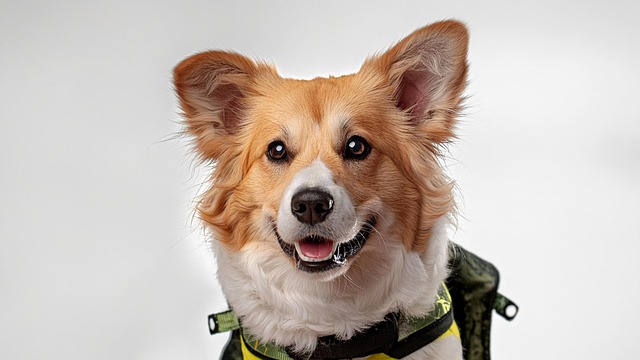
Picture this: You’ve just brought home your 8-week-old golden retriever, and within hours, your favorite shoes are chewed, there’s a puddle by the sofa
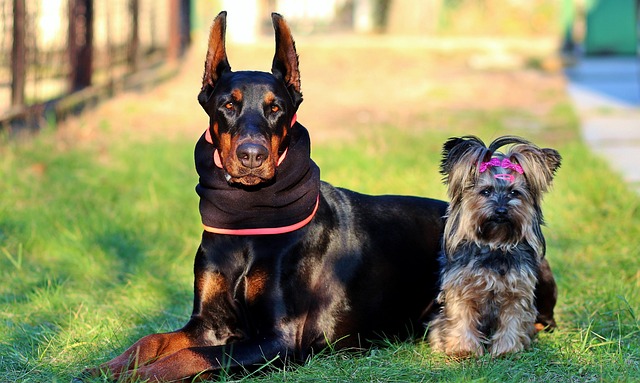
You’re at the park when your terrier spots a squirrel. Instead of lunging, he glances at you—victory! You reach for a treat, but that generic biscuit earns a bored sniff.
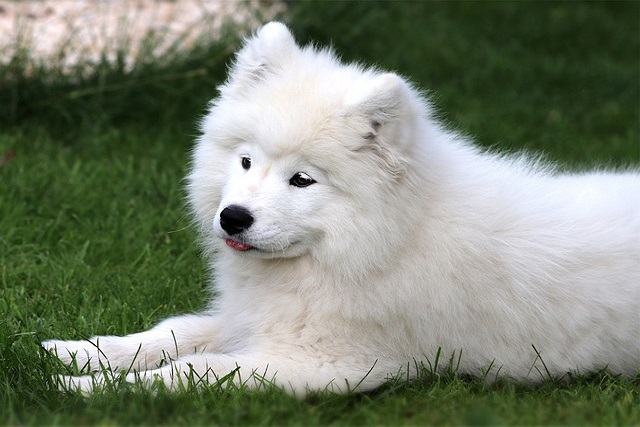
Picture coming home to find your new terrier puppy has shredded your favorite sneakers—again. Your first instinct might be to yell, but hold that thought.
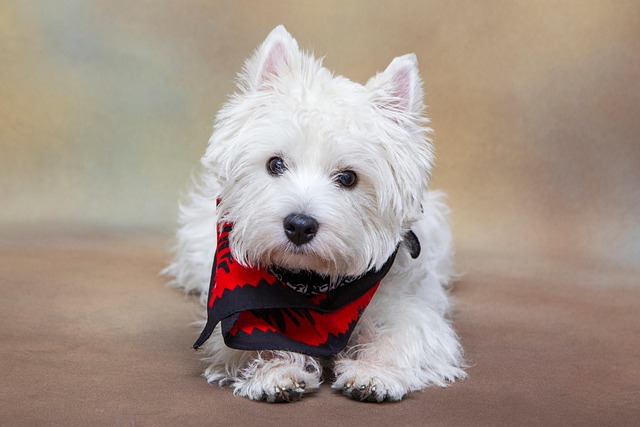
Bringing a new puppy home feels like unwrapping a ball of fur filled with endless energy and curiosity. Amidst the excitement, there’s one concept every pet parent should know: the 10 minute rule.
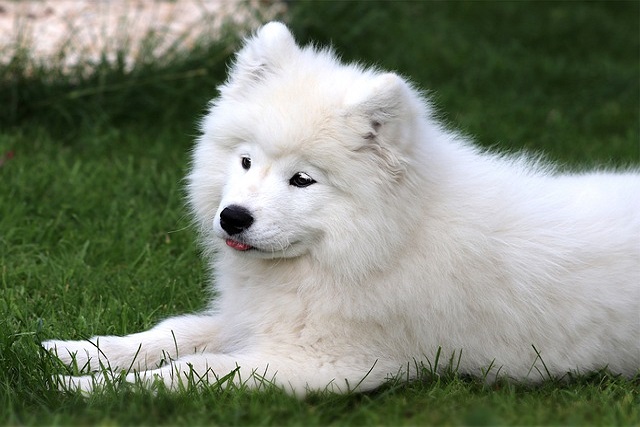
There’s nothing quite like the heart-melting joy of bringing home a wiggly new puppy—until you step in a warm puddle by the sofa.